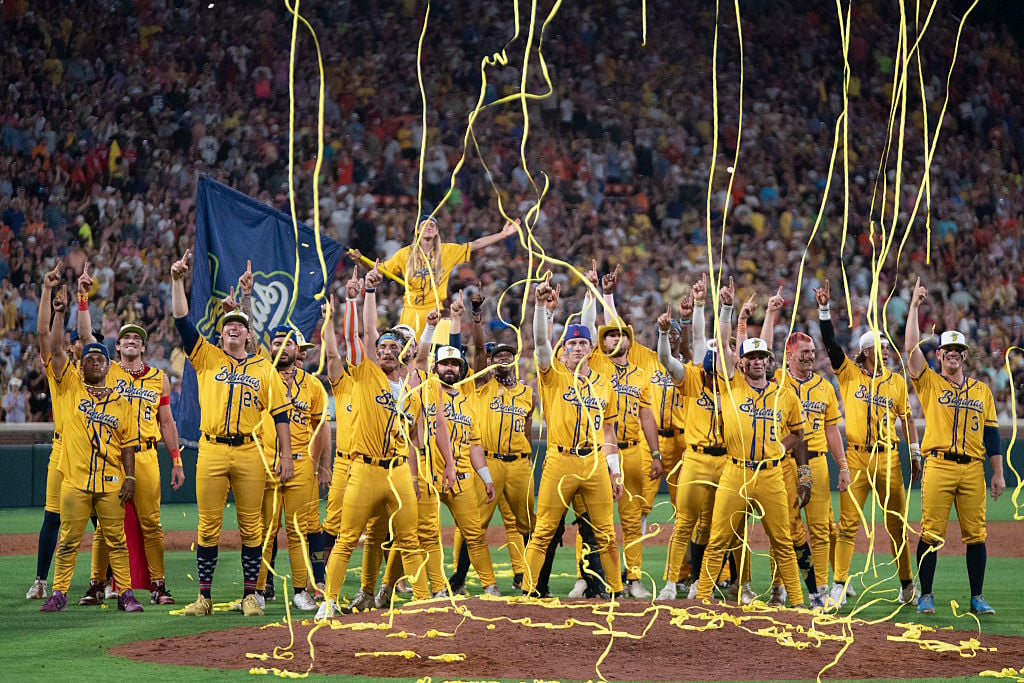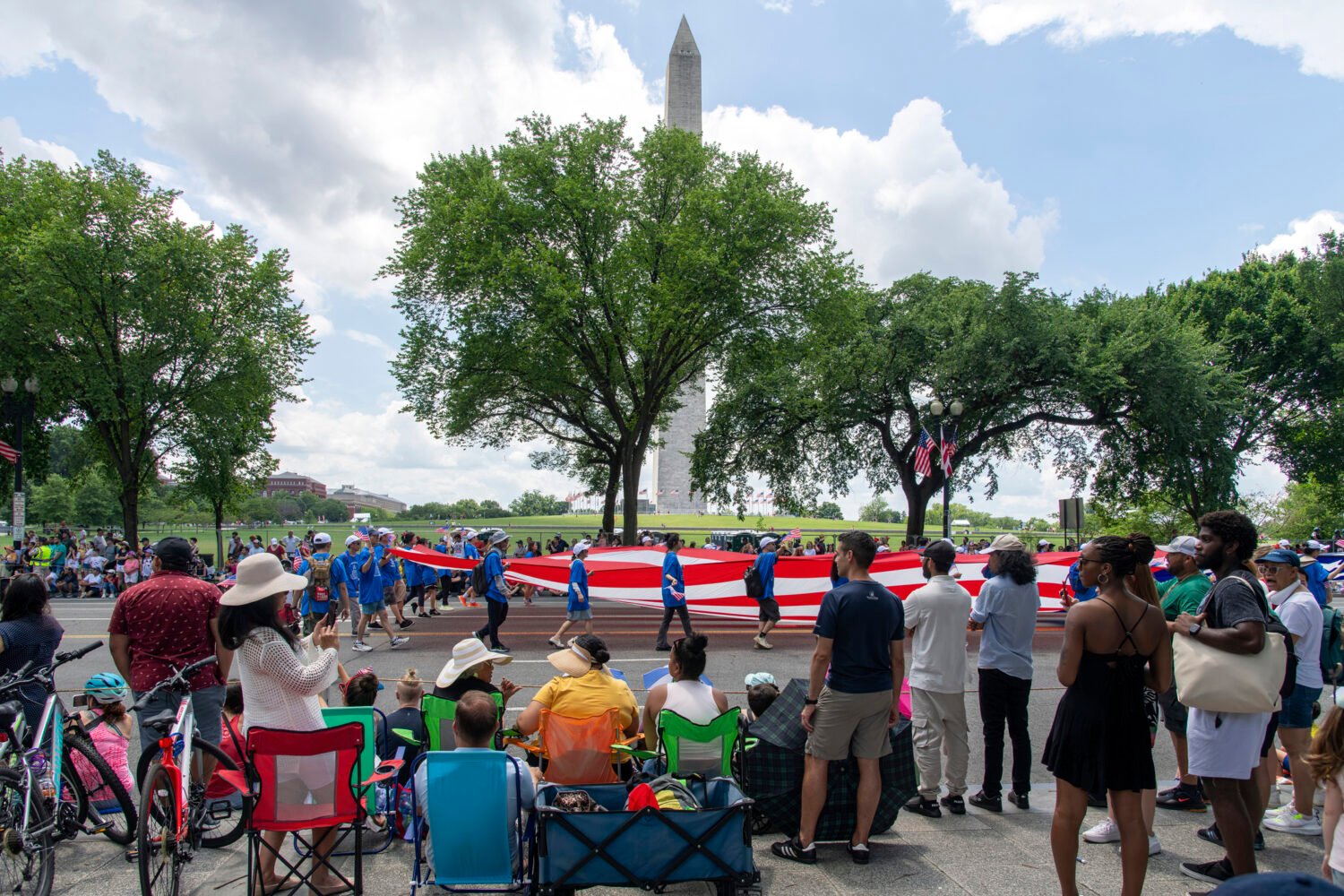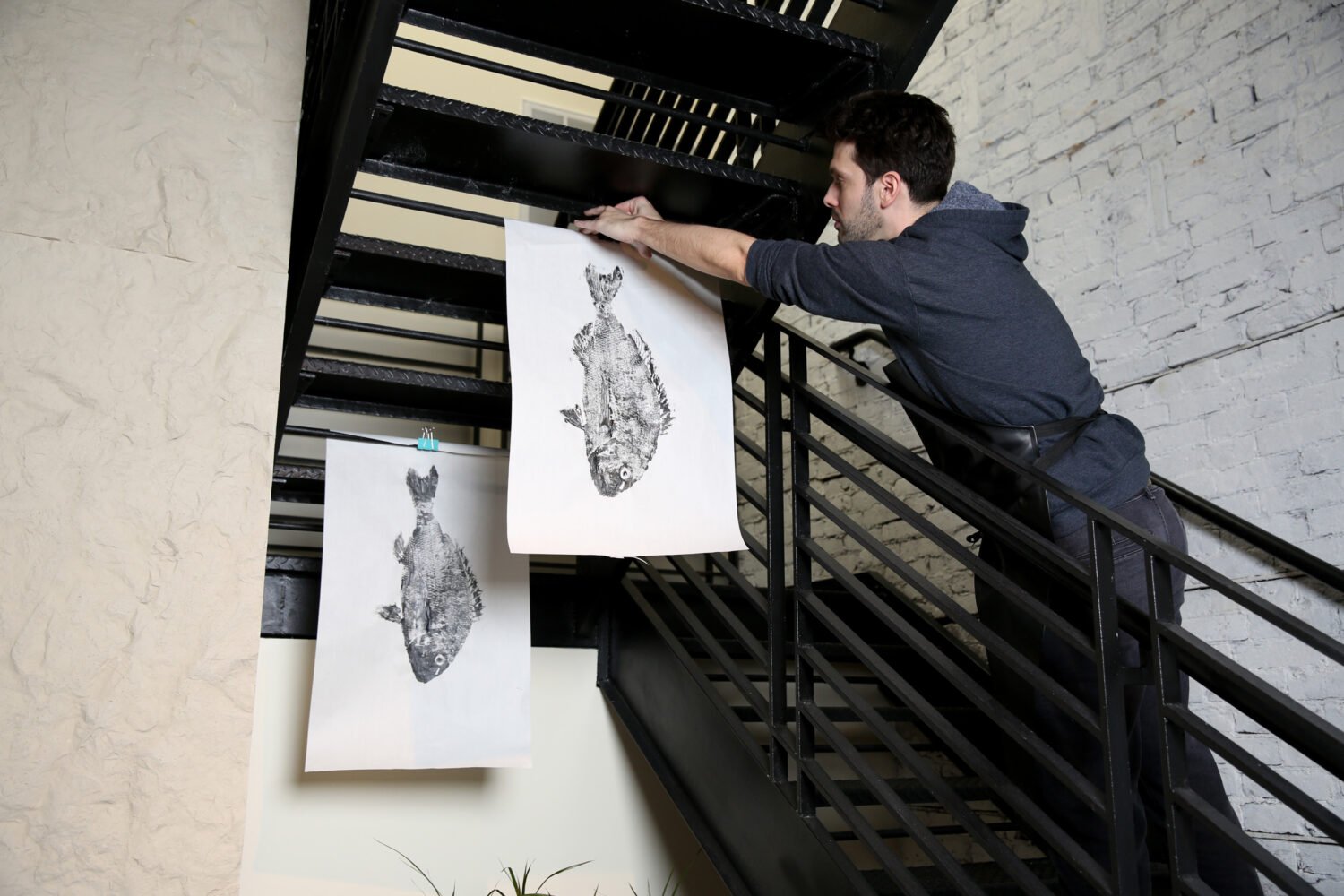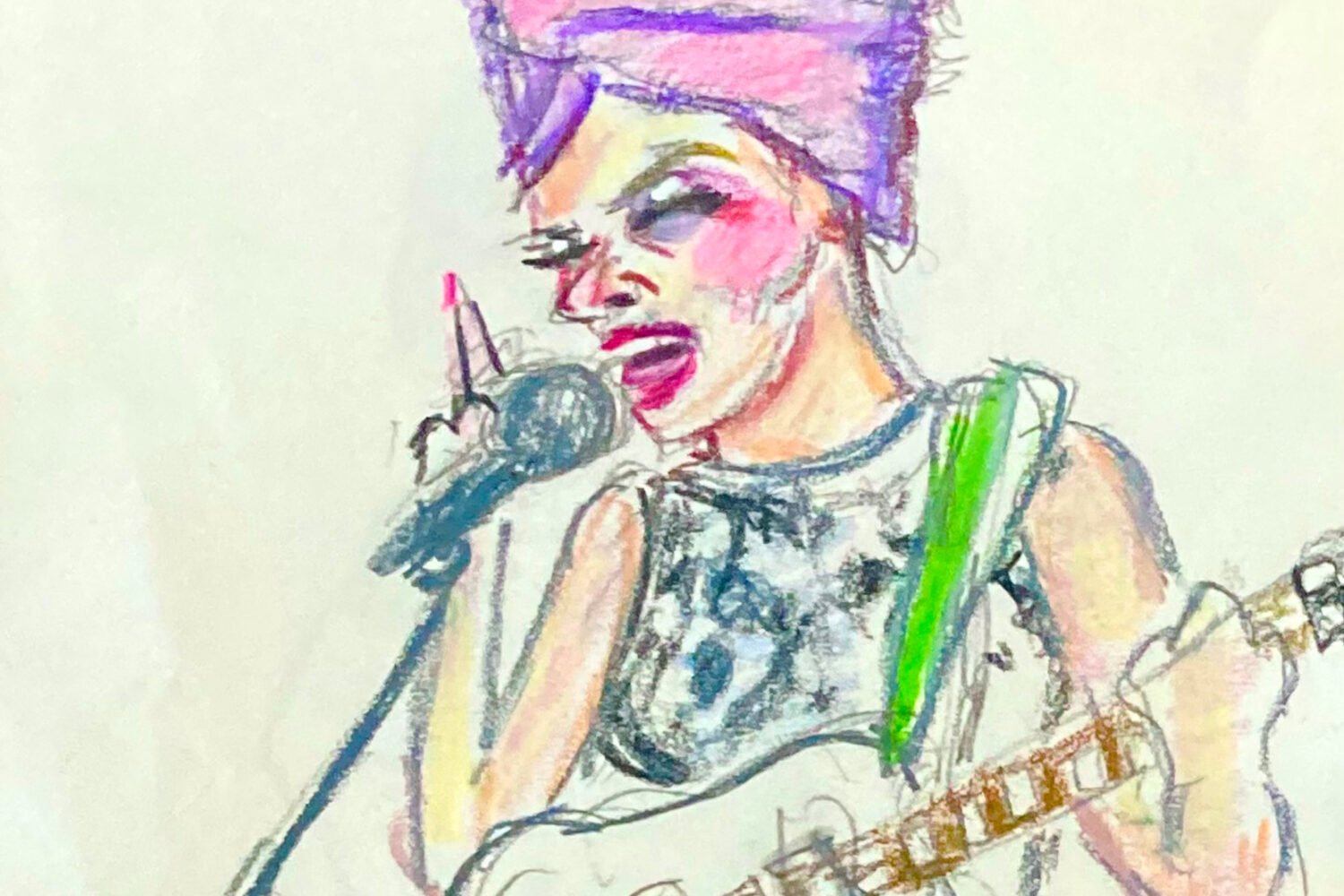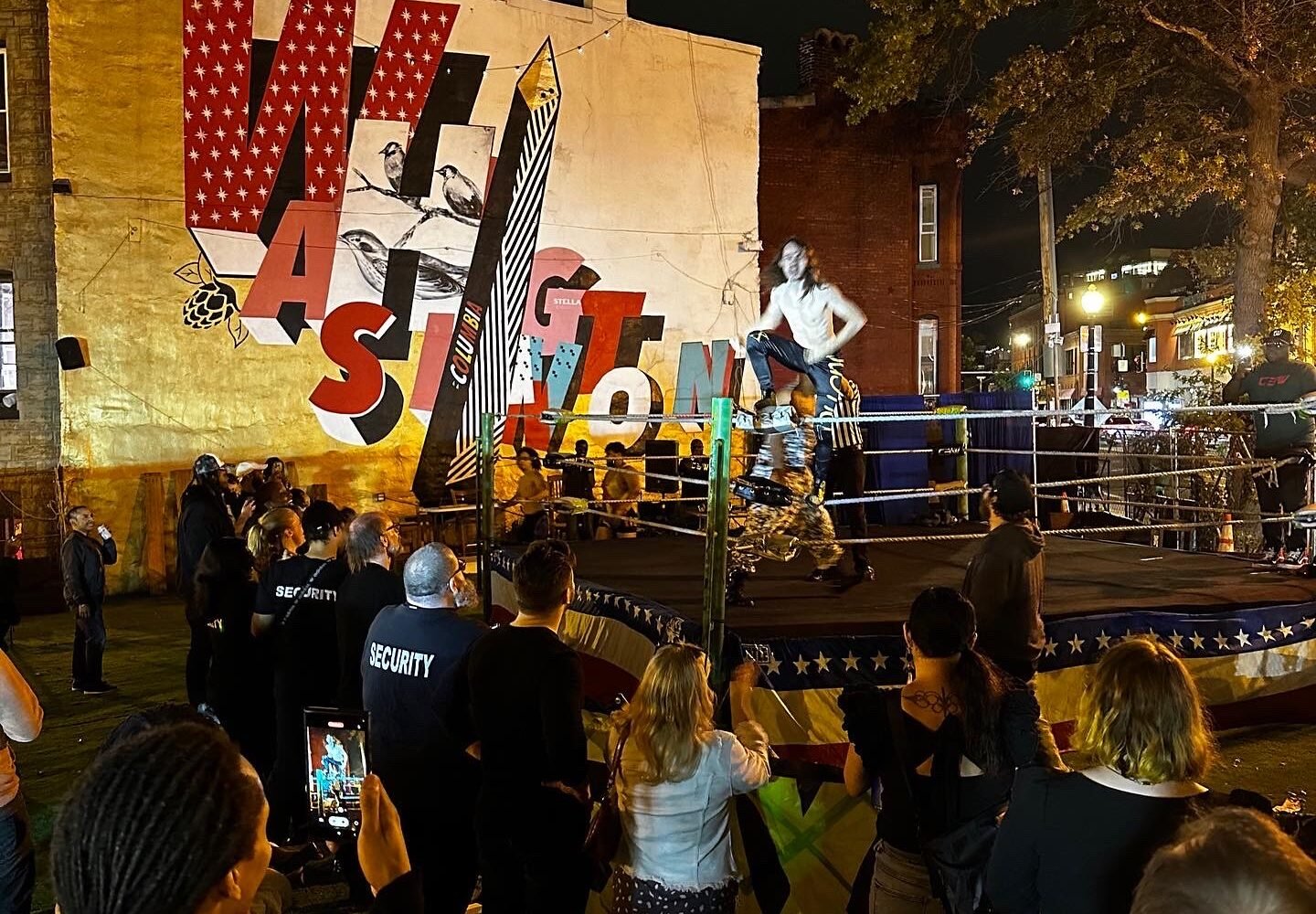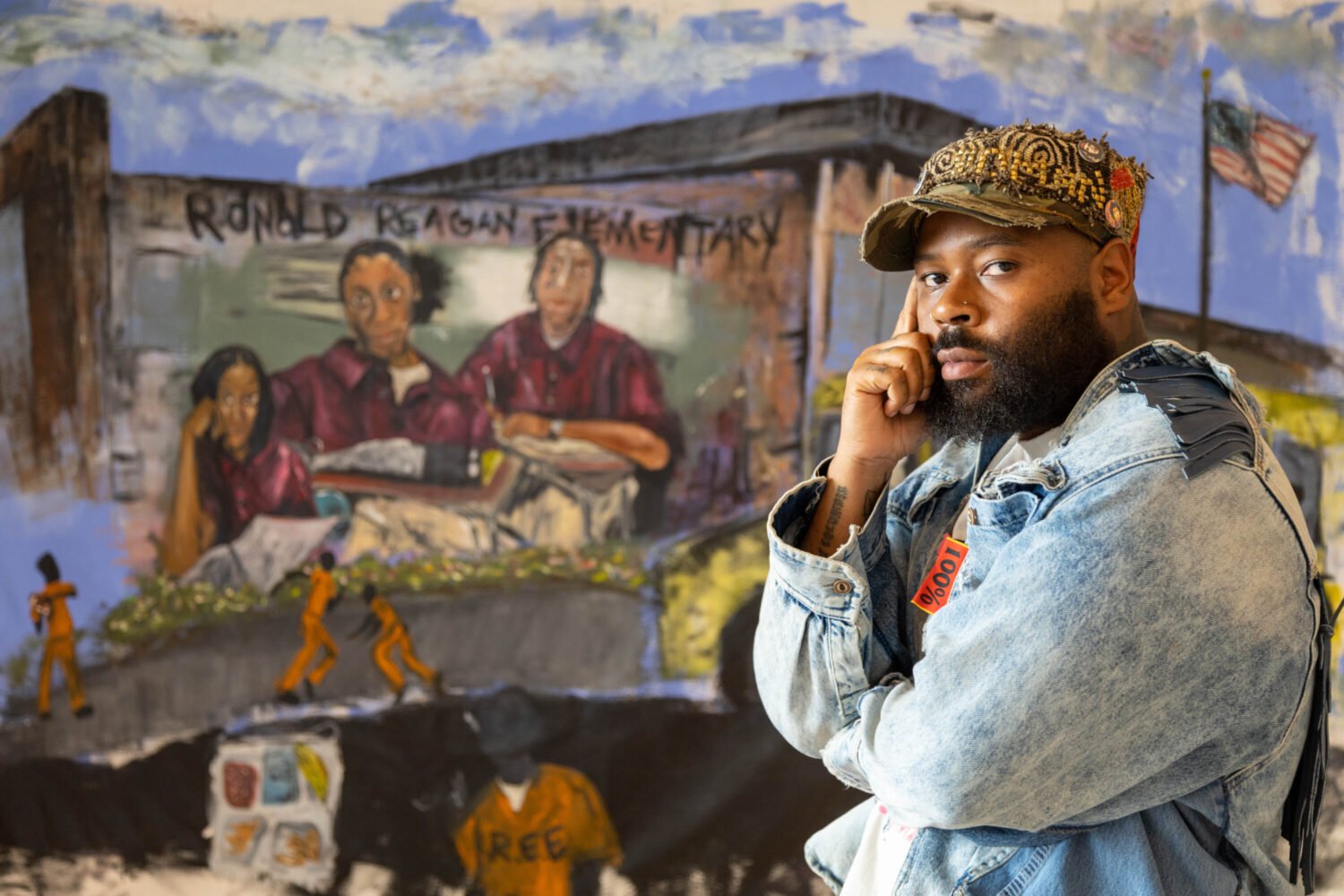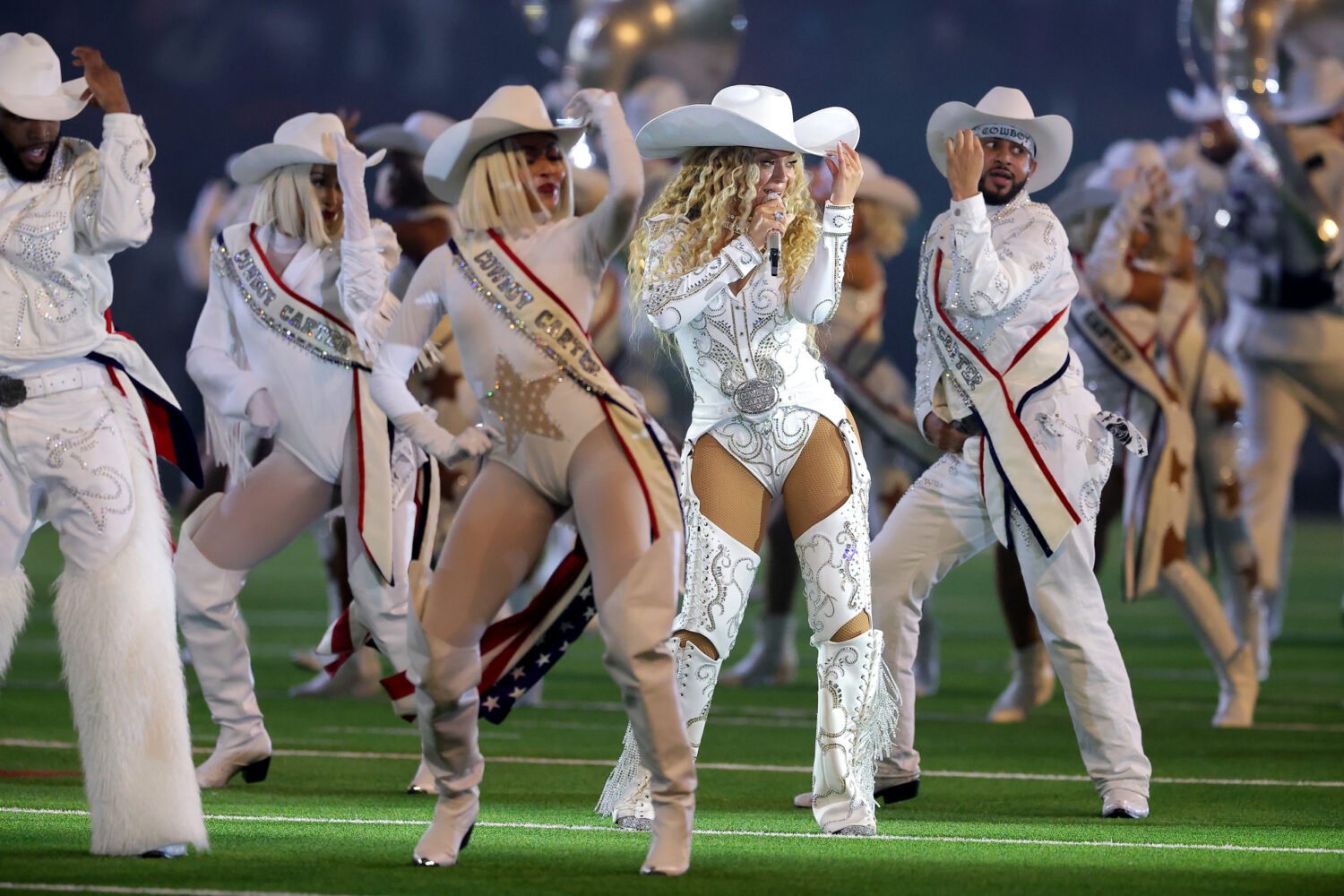
Jessica van Brakle has carved out a place in Washington’s art scene by sticking to a distinctive visual meme: cranes. Most—if not all—of the works she has produced since she graduated from the Corcoran College of Art & Design in 2007 have employed freehand drawings of construction cranes. Van Brakle has juxtaposed this industrial motif with planes of pastel paint and other highly decorative features.
But for a show that opens Saturday at Hamiltonian Gallery—where the artist is a fellow—van Brakle has gone back to the drawing stage, so to speak. The new works by this Washington native are marked by a reductive approach to perspective and use of color. With these works, van Brakle is not simply drawing cranes; she’s building compositions as if from blueprints.
“I like the idea of manufacturing the landscape,” van Brakle says.
Her new works draw from a series of 19th-century German landscapes exhibited at the National Gallery of Art—works by Caspar David Friedrich and his contemporaries. At first glance, these lush representations of the sublime in nature would seem to have almost nothing to do with the construction crane, a modernist symbol of progress.
“You really still see the drawings in them,” van Brakle says, speaking of those German landscapes, such as “Ruins of a Fortified Tower Among Wooded Hills” (1816-21) by Friedrich Salathé—a model for one of her works on display at Hamiltonian. At the edges of the original German painting, painted scenery surrenders to simple line, a feature that attracted van Brakle: “It relates to how I see the cranes, that sort of armature.”

For her latest works, van Brakle borrows the general composition from her landscape sources; in several works, she has mirrored the scene across a central axis. Manipulating scans of the landscape paintings, she isolates and amplifies dark shadows, until patches of Teutonic forest turn black while other features zero out entirely. She then projects this transformed landscape onto paper and paints these blotted shadows—reducing them still further by applying paint directly, forgoing the texture of any brushstroke.
“I like flattening things out,” van Brakle says. “I could make more perspective for my work, but it’s never really mattered to me.”
Rendered in black, white, and gray, the reductive works bear perhaps just one feature in common with the bright, feminine pieces she displayed in her Corcoran thesis show (which, by the way, nearly sold out). The crane has remained a constant. A crane takes the place of the fortified tower in her adaptation of the Salathé painting, while in others van Brakle has merely inserted freehand drawings of cranes to balance the composition.
“I visualize my cranes in their artwork,” she says, describing the experience of viewing these paintings.
At her studio at the Arlington Arts Center, reductive drawings on large paper hold the foreground among smaller, brighter works on canvas and panel. Van Brakle, who studied at the University of the Arts in Philadelphia and the Maryland College of Art and Design (now part of Montgomery College) before finishing at the Corcoran, says she’s inspired by Washington artists such as Isabel Manalo, whose paintings typically feature flattened perspective and an abundance of bold colors.
But van Brakle’s work—despite the constant of the crane—has taken a different tack over time.
“I’ve slowly been moving into a more reductive direction,” she says. “I went [to art school] for illustration to start. That made me realize I wanted to do the opposite of that.”
Subscribe to Washingtonian
Follow Washingtonian on Twitter
More>> After Hours Blog | Arts & Events | Happy Hour Finder | Calendar of Events



